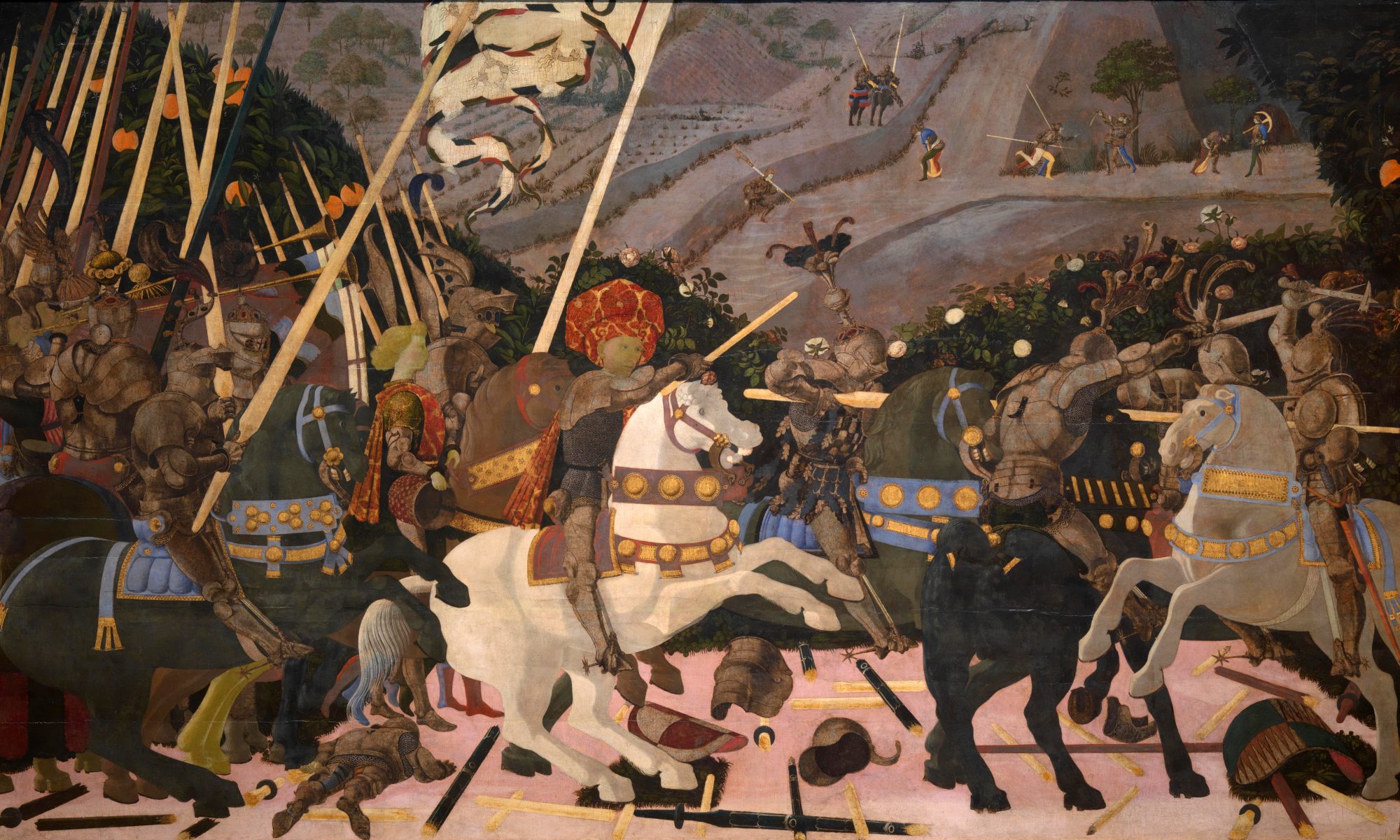Paperback: 64 pages
Publisher: Osprey Publishing (25 Aug. 2016)
Language: English
ISBN-10: 1472815599
https://www.amazon.co.uk/Early-Iron-Greek-Warrior-1100-700/dp/1472815599
Warrior titles are juicier than Men at Arms ones because instead of being principally formed around the history, dress and equipment of a soldier in a given war they focus on training, day to day life and combat as well. This one suffers from the continual usage of the word Greek dark age to describe the time period, the authors have little written contemporary sources to assist them, which means that the majority of the arms, equipment and dress is necessarily a catalogue of archeological discoveries, and theories as to how they all fit together. That’s when there is archeology to discuss, where the physical evidence is lacking the authors turn to art. The paintings on Greek pottery and the carvings from buildings have always been a rich source of ancient life. And it is from these sources that the discussion on chariotry centres. Unlike in Egypt where chariots from earlier periods have been beautifully preserved, no such fortune has attended Greek archeology. Nevertheless it is a useful part of the book as it illustrates effectively the transition out of the heroic age. Chariots in Greece were less of a war machine as a vehicle from which a noble hero could get around. This seems almost typical of small states, and is in contrast to how larger near eastern empires used massed chariots. This book covers a period of transition, from the Homeric age of hero’s to the age of Lycergus and the polis hoplite, from the individual to the body and from bronze to iron. The development of the palace to the polis and the hero to the phalanx is an event lost to time, but an event covered here. The scope is quite vast for so small a book, but osprey has been getting more ambitious with its titles recently, and this will fit in well beside their other early Greek titles, being as it is the successor to their Bronze Age series which includes coverage of the Mycenaeans, Greeks and Sea People’s.
Alongside pictures of artefacts and sketches of archeological finds, Giuseppe Rava has created the colourful plate art that has been commissioned here. There is a nice nod to old osprey in the “men standing discussing weapons” scene and the storytelling in the wounded warrior returning home. Skin burnished by the Mediterranean sun seems almost real in the plate showing a Cretan warlord and his men, and the armour and equipment will doubtless give an interesting point of discussion to figure painters and writers alike.
All in all this work strives to put a little flesh on a very bony subject, there’s no denying that summaries of archeological finds are fairly dry, but the examination of the Warriors themselves (at least for me) provides interesting reading.
Josh




0 Replies to “Book Review: Early Iron Age Greek Warrior by Raffaele D’Amato and Andrea Salimbeti.”